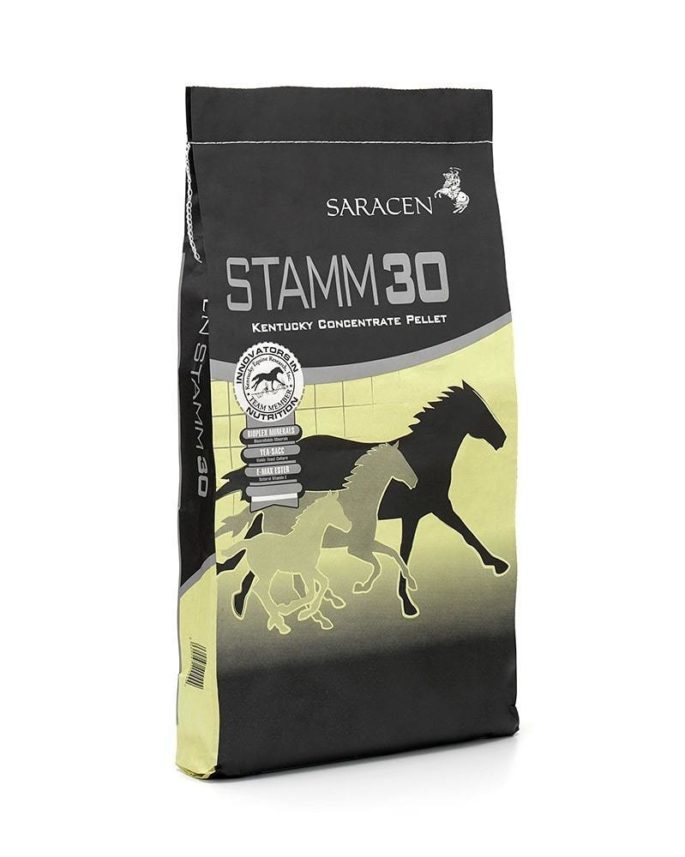Feeding The Broodmare And Foal At Grass

With many broodmares now with their foals at foot and turned out to pasture, understanding their nutritional needs can be a bit of a minefield. Whilst ‘Dr Green,’ will provide an important source of fibre and energy (calories) to support overall body condition, there may be nutrients which are lacking.
It's important not to assume a certain nutritional value based on the perceived quality (or quantity) of grazing, as this can be highly influenced by differences in weather, soil type, plant species, temperature, and paddock management. At Saracen Horse Feeds, we regularly analyse grass samples, and as can be seen in the data below, the nutrients provided by the grass can be highly variable.

Nutritional requirements
In the early stages of life, the foal is highly dependant on the mare’s milk as a source of nutrients. Protein requirements of the broodmare significantly increase during lactation, and insufficient protein and amino acid intakes will lead to a decrease in milk yields, as well as topline and muscle loss. One study found that protein restriction in mares during lactation led to reduced growth rates of foals after 90 days. Not only did the quantity of protein lead to reduced milk production, but quality protein also had an impact on lactation and foal growth rates. A high quantity of protein in forage does not indicate a high-quality protein source, and so supplementation with quality protein sources through the use of targeted stud balancers or fortified feeds is recommended.
Vitamins and Minerals
Even at 3 months old, foals will still be relying on the mare’s milk to provide 30-50% of their nutrients, with calcium, copper, phosphorous and zinc being the more critical minerals required to support the growth of young horses. Calcium requirements for lactating mares is at its highest level during the early stages of lactation, and insufficient calcium intakes increases the chances of bone demineralisation.
Milk is also naturally low in copper and zinc, which is required for cartilage development. Copper supplementation of mares is associated with a significant reduction in physitis (inflammation of growth plates) and number of cartilage lesions for their foals. Foals from mares that have received no supplementation had higher physitis scores and more cartilage lesions. If the mare has been supplemented in late pregnancy, the foal will have built up adequate stores of trace minerals in the liver prior to birth. The NRC suggests that a 500kg broodmare in the last trimester requires approximately 190mg of copper per day. Looking at the copper (Cu) variance in the table below, it is possible that a broodmare at grass could receive as little 112mg of copper per day. Targeted stud balancers with carefully balanced levels of these minerals are therefore recommended.


Stamm 30® balancer is a nutrient dense source of quality protein, vitamins and minerals. It is a low starch pellet that will produce a low glycemic response after consumption, helping to maintain an even temperament as well as supporting optimal foetal development and milk production in the broodmare. Stamm 30® is also low in calories making it ideal for broodmares who are out at grass and in good body condition and do not therefore require extra weight but do still need an optimal intake of vitamins and minerals.
NEED GUIDANCE?
If you would like any further information, please feel free to contact our nutritional team on 01622 718487 or email info@saracenhorsefeeds.co.uk
Feed Advice Form
Complete our online form to receive a detailed nutritional plan for your horse or pony from one of our registered nutritionists.
Quick Feed Finder
Use our quick and easy feed finder as a guide to select the right feed for your horse or pony.











